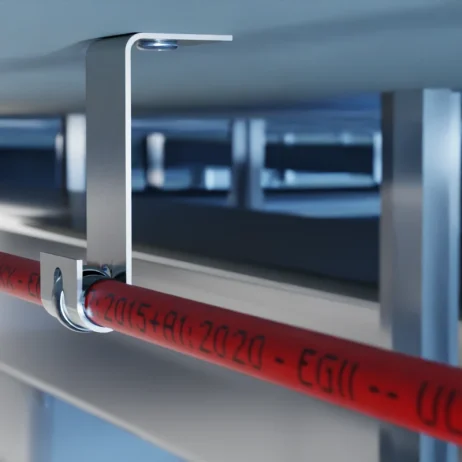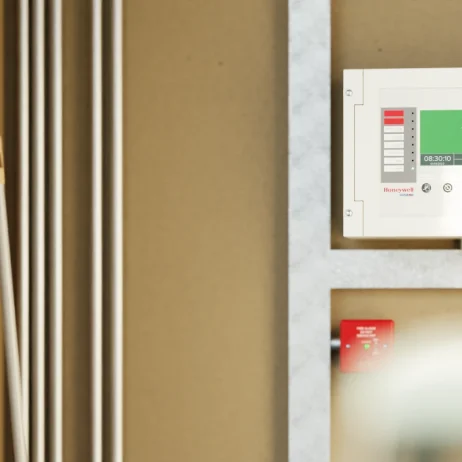News
Smoke inhalation is one of the leading causes of fire-related deaths. Even small fires can produce toxic gases such as carbon monoxide and hydrogen cyanide that impair breathing and reduce oxygen supply. Dense smoke also causes disorientation, making escape more difficult. Early detection is vital because it provides time to evacuate before dangerous concentrations build. […]
Read MoreAn ATEX area is a location where there is a risk of explosion due to the presence of flammable gases or vapours. The term comes from the EU ATEX directives, which set out the standards for equipment and protective systems intended for use in such environments – derived from the French term “Atmosphères Explosibles” (explosive […]
Read MoreCeiling voids are the concealed spaces between a building’s structural ceiling and the suspended or false ceiling below. They are common in offices, hospitals, retail units and modern commercial buildings where services such as wiring, ductwork and pipework are hidden from view. These areas, although often out of sight, present a significant fire risk due […]
Read MoreBS 5839 Explained BS 5839 is the British Standard that provides recommendations for the planning, design, installation, commissioning and maintenance of fire detection and fire alarm systems in non-domestic premises. First published in 1980 and updated regularly since, it ensures fire detection systems are designed to protect both life and property. The standard is split […]
Read MoreHealthcare facilities – such as hospitals, clinics and surgeries – play a critical role in delivering medical care to the public. These environments often operate 24/7, house vulnerable individuals, and contain high-value equipment and complex infrastructure. From small GP surgeries to large acute hospitals, each facility presents unique fire safety challenges due to patient mobility […]
Read More



